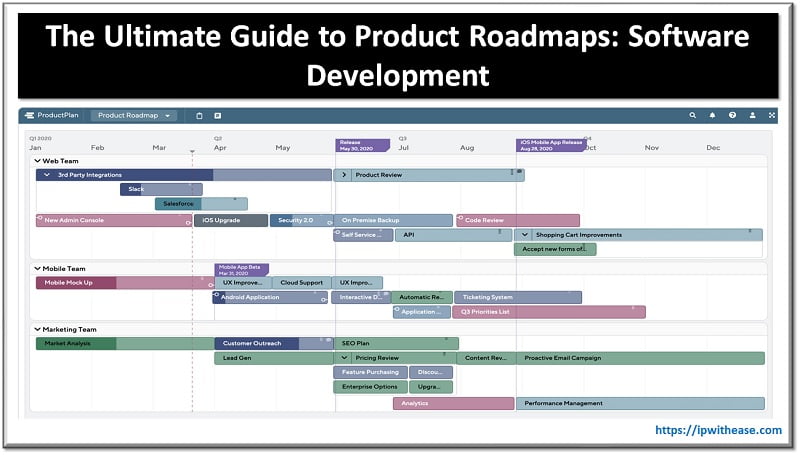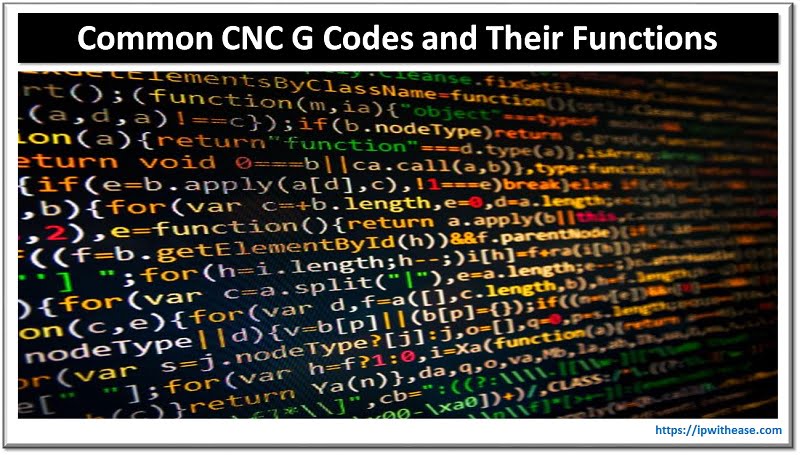Creating a new product takes a lot of hard work, and contributions from countless stakeholders. There’s the initial brainstorming session, resulting in product ideation. Then there are countless rounds of development, iteration, and revision, based on either user feedback or changing market conditions. That’s to say nothing of important decisions about how the product will be positioned, marketed, and priced.
Product managers are tasked with overseeing each of these processes, all the while ensuring timeliness and cost efficacy. To assist in this Herculean task, most product managers rely on software solutions, with product roadmap software being especially crucial. For those who are new to product roadmaps, here’s a quick overview.

Product Roadmaps Explained
A product roadmap is best described as a visualization of how a product will be developed and rolled out over time. It’s not unlike a literal roadmap, but instead of mapping out the connections between different cities or streets, a product roadmap connects the dots between vision, strategy, product features, and more.
Usually, a product manager will coach their team through the development of a product vision, something that explains the long-term mission and essence of the product in question. This product vision might encompass the target audience, the factors that distinguish it from competing products, and beyond. The product vision is the building block on which the roadmap can be constructed.
What’s Included in a Product Roadmap?
The typical product roadmap will capture several distinct elements of the product development process. While roadmaps can vary, the standard components include:
Lanes (Team Assignments)
Who’s responsible for what? A good roadmap will provide a clear distribution of duties.
Themes
The product roadmap may also highlight some of the high-level projects for product development teams to work on, e.g., developing integrations for third-party apps.
Bars
Under each theme there may be several different “bars,” which are like the smaller sub-steps required in order for the theme to be completed. For example, if the theme is to develop integrations for third-party apps, a bar might be to create an integration with Facebook.
Timeline
Roadmaps should also provide a sense of when a product needs to be completed and deadlines for individual steps along the way. (Each bar might have its own unique target date, for example.)
Legend
A product roadmap is primarily visual, which means different colors and icons are used to convey meaning. A legend is typically included to make sure everyone knows how to interpret each visual element.
Metrics
A good product roadmap will include not only a list of product goals, but also the metrics by which progress should be monitored and measured.
Different Types of Product Roadmaps
Though no two product roadmaps are exactly the same, most of them can be slotted into one of two categories: Waterfall roadmaps and agile roadmaps. The latter is more focused on long-term planning, while the latter places a heavier emphasis on flexibility and pivoting.
Waterfall Product Roadmaps
Waterfall roadmaps are noteworthy for their sequential approach. Basically, a product development team will complete one distinct step, then move on to the next, and so on. Each step comes with its own, clearly defined deadline. This type of product roadmap is most recommended for teams who need a fairly rigorous plan in place as they begin their product development journey.
Agile Product Roadmaps
By contrast, an agile product roadmap provides a little more flexibility. Though it may still be sequential, teams can iterate, reorder, and revise the sequence as they go. There’s less emphasis on rigid timelines and sequences of events, with more focus on adapting, collaborating, and interacting. This is the preferred method for teams that want to remain as nimble as possible.
Building a Product Roadmap
Product roadmaps are usually developed with the use of specialized software; for teams that have not yet invested in product roadmap software, however, there are a few basic steps to take.
- Define the product vision. Before you do anything else, it’s important to establish the how and the why for your product. What are you hoping to achieve? Who is your product for? What will help make it distinct within the marketplace?
- Collaborate with all stakeholders. Once you have a clear sense of vision, solicit feedback from everyone else who’s involved in the development of the product. What features do they value most? What do they foresee as the greatest challenges or obstacles in the development process? How much time will each department need to complete its work, and what steps have to be completed before they can begin?
- Determine the most essential features. You may hope for a product with all the bells and whistles, but even so, it’s important to have some idea of which features are most mission critical. This should be based on user feedback, market research, and sales data from antecedent products.
- Break the product development process into phases. The next step is to take your big-picture vision and separate it into individual steps. Specify what needs to be completed first, which team is responsible for each step, and the basic time frame allotted for each subtask.
- Iterate and revise. Product development seldom happens in a purely linear way. Be prepared to amend your roadmap as you discover new obstacles, bottlenecks, or opportunities.
Choosing Product Roadmap Software
A product roadmap can be invaluable for teams looking to stay aligned to a shared mission, and to keep their development process moving forward at an appropriate pace. However, actually developing a roadmap from scratch can be daunting, especially when using primitive tools such as spreadsheets or Word documents.
The best solution is to invest in product roadmap software, which automates the process and eliminates most of the tedium. Product roadmap software solutions can provide incredible functions for industry analysis, collaboration, and beyond. And, they ensure that everyone involved with the project is working from an authoritative, up-to-date, singular source of truth.
Investing in product roadmap software can be the best way for your product development team to level up, and to discover a whole new way to work effectively and efficiently.
Continue Reading:
What is the difference between Sandbox & Development Environment?
Kivy: Cross-platform Python Framework for NUI Development
ABOUT THE AUTHOR
IPwithease is aimed at sharing knowledge across varied domains like Network, Security, Virtualization, Software, Wireless, etc.



